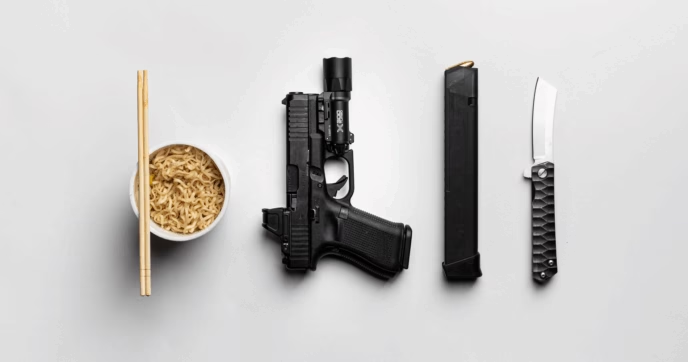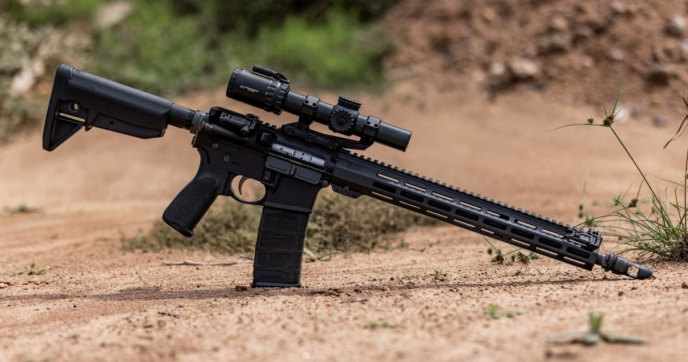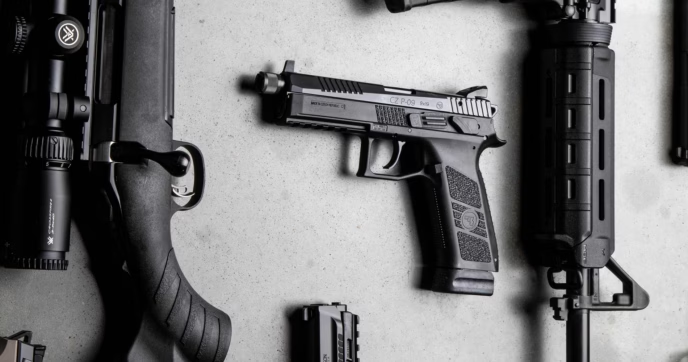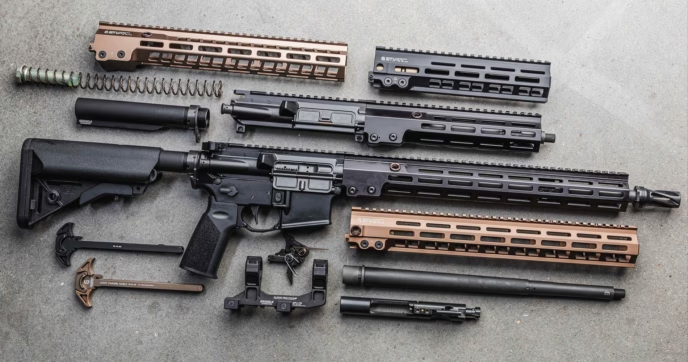Suppressors have grown from a niche accessory to a common fixture on AR-15s across the country. For many users, the benefits are obvious. A suppressor reduces the intensity of muzzle blast, making firearm use more comfortable, particularly in confined spaces. It can lessen recoil impulse, smooth out shot recovery, and improve communication during training or defensive applications.
Yet suppressors are not always a simple plug-and-play accessory. The AR-15 is a gas-operated, semi-automatic rifle that depends on a delicate balance of forces to function correctly. By introducing additional backpressure into the system, suppressors change how the rifle cycles. This added stress can manifest as malfunctions, premature wear, inconsistent ejection, or even discomfort to the user in the form of hot gases blown directly into the face.
Understanding how suppressors affect the AR-15 is critical for anyone who wants to run their rifle reliably under suppression. This guide will explore the mechanics of gas operation, the problems commonly associated with suppressed AR-15s, how to diagnose those problems, and the remedies available.
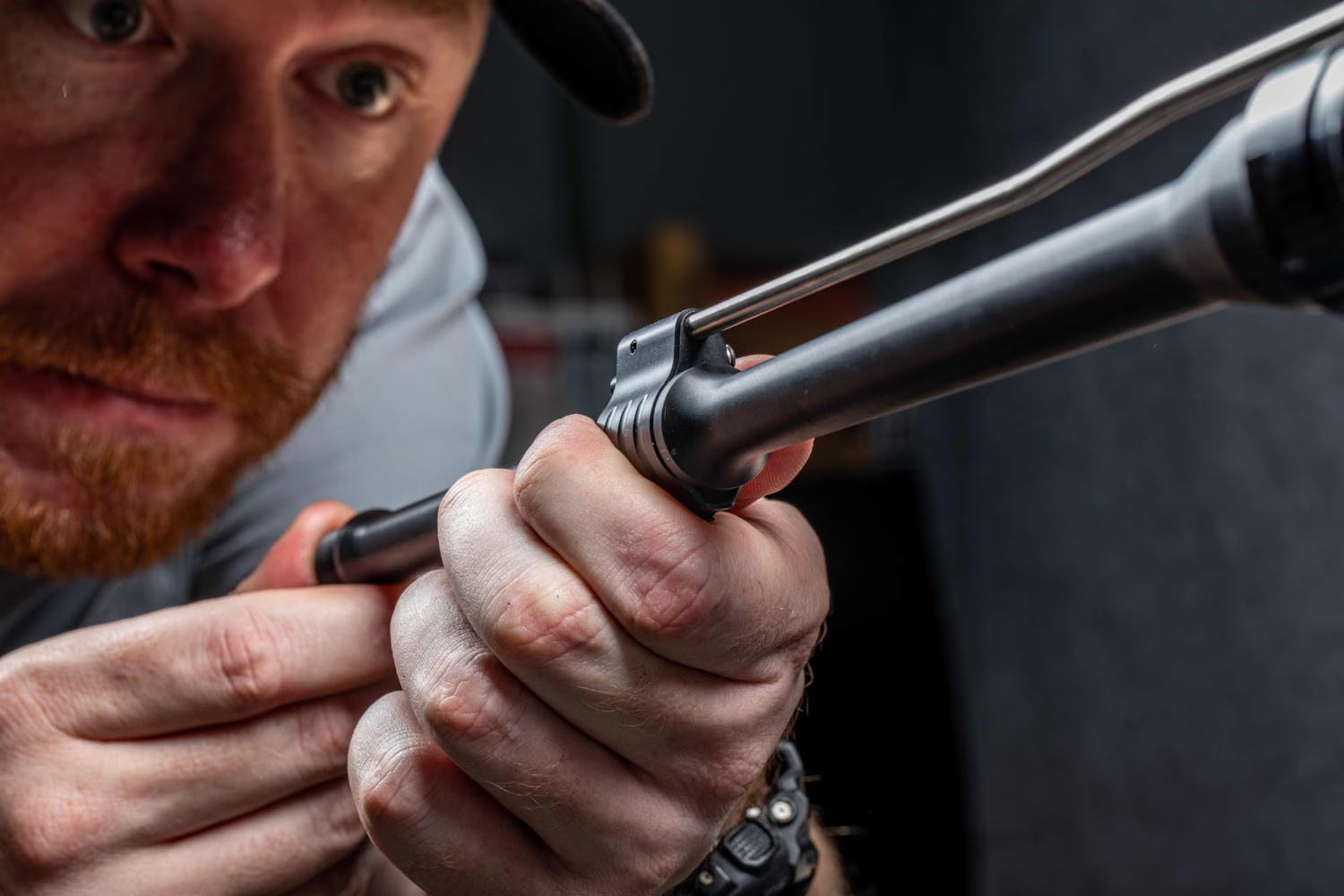
The Basics of Tuning
The AR-15 was designed around a direct impingement gas system. Gas is tapped from the barrel, routed through a gas block and gas tube, and directed into the bolt carrier key. This gas expands in the bolt carrier, pushing it rearward and unlocking the bolt from the barrel extension. As the bolt carrier group moves rearward, it extracts and ejects the spent casing, compresses the buffer spring, and then returns forward under spring pressure to chamber the next round.
This process relies on a balance between gas pressure, bolt carrier mass, buffer weight, and spring resistance. If any of these factors are out of proportion, the rifle may cycle too quickly or too slowly. Too much gas creates violent cycling, excessive recoil, and accelerated wear. Too little gas results in short-stroking, failures to extract, or failures to lock back on an empty magazine.
When a suppressor is added, the balance is disrupted because the suppressor traps and slows the escape of gases at the muzzle. These gases are redirected back through the system, effectively increasing backpressure. The result is that the bolt carrier group is driven rearward harder and faster than intended.
Tuning an AR-15 is the process of reestablishing that balance. Shooters have several tools at their disposal. Adjustable gas blocks allow the user to meter how much gas enters the system, essentially turning down the “fuel” driving the cycle. Heavier buffers increase mass, slowing down the carrier and absorbing more energy. AR-15 buffer springs can also be swapped for heavier or lighter versions to control the rate of return. Adjustable or vented bolt carrier groups provide another path, allowing excess gas to vent out of the carrier itself before it drives the action too aggressively.
Each of these tuning methods has its advantages, and in many cases, they are used in combination to create a reliable and smooth-running suppressed rifle. What is important to remember is that traditional suppressors almost always necessitate some form of tuning. Without it, malfunctions and unnecessary wear are almost guaranteed.
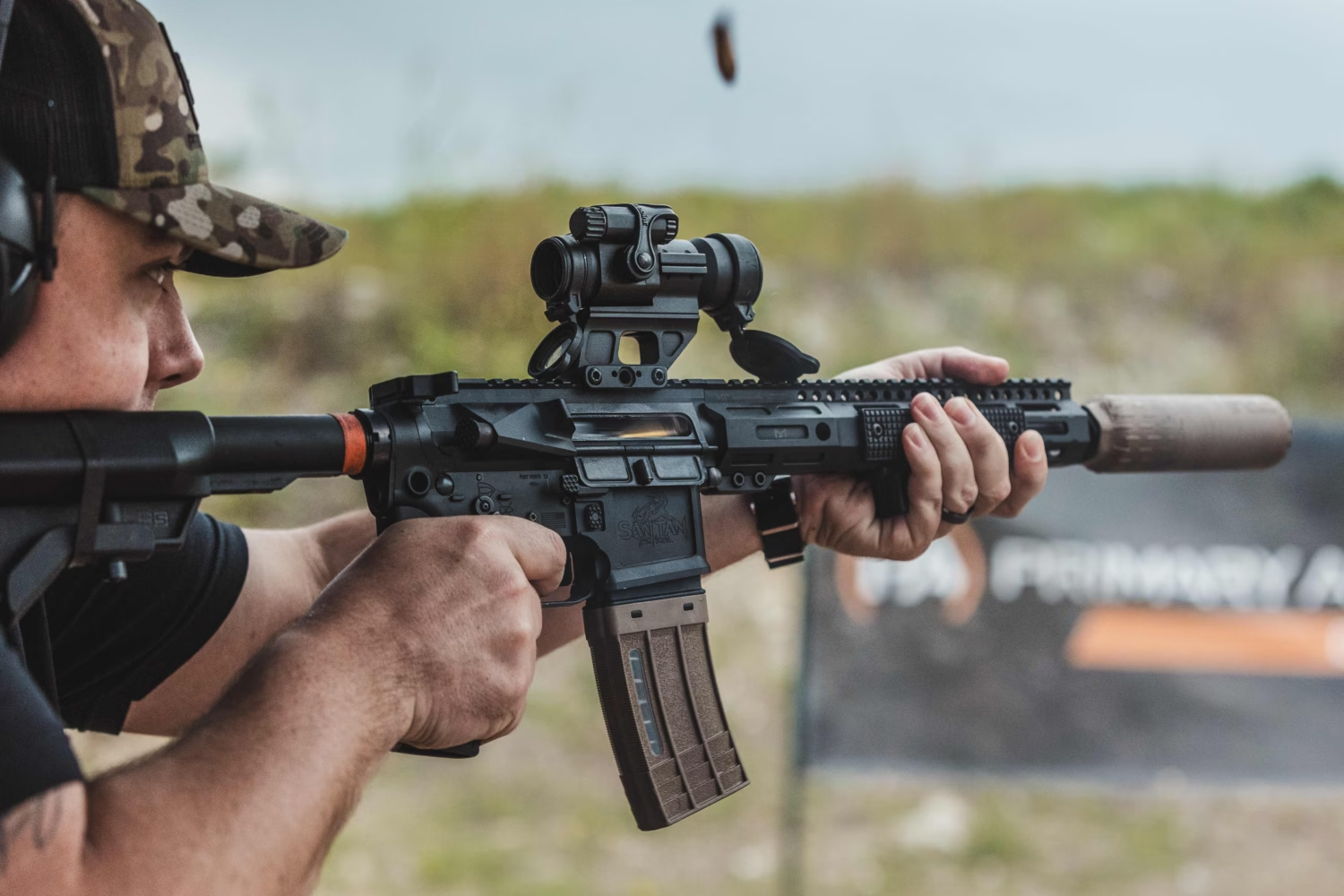
Common Suppressed Function Issues
When suppressors are attached to an AR-15, they introduce one dominant variable: increased backpressure. This additional pressure creates a cascade of potential problems, each of which manifests in predictable ways. Understanding these malfunctions is the first step toward solving them.
Over-Gassing and Ejection Patterns
The most common suppressed problem is over-gassing. The bolt carrier group cycles too quickly, leading to violent extraction and erratic ejection. Brass that normally lands neatly between 3 o’clock and 4:30 will instead eject toward 1 o’clock or 2 o’clock, sometimes traveling great distances from the user. This forward ejection is one of the easiest diagnostic tools available to shooters. If your suppressed AR-15 is flinging brass forward of your firing position, it is a clear sign the rifle is over-gassed.
Over-gassing also brings a harsher recoil impulse. Though suppressors can reduce felt recoil by containing muzzle blast, the increased bolt velocity adds a secondary jolt to the system. Shooters may notice that their rifles feel “snappier” under suppression, even if muzzle rise is slightly reduced.
Bolt Override and Magazine Timing
Another issue caused by excessive carrier velocity is bolt override. In this malfunction, the carrier moves so quickly that it outruns the magazine’s ability to feed. The bolt passes over the top of the next round instead of chambering it, creating a stoppage that can be time-consuming to clear.
This can be evidenced by the bolt returning fully to battery without stripping a round from the AR-15 magazine at all, leaving it closed on an empty chamber, or by stripping a round incorrectly, often catching on the body of the round rather than engaging with the rim of the casing. Worn-out or underpowered magazine springs can exacerbate this issue.
Extractor and Ejector Stress
Suppressors increase the violence of extraction, putting more strain on the extractor claw. This can lead to chipped or broken extractors, stuck cases, or inconsistent ejection patterns. Ejectors can also be affected, slamming brass out of the port with more force than intended, which increases wear and can dent case mouths.
Excessive Gas Ejection
Perhaps the most unpleasant problem for the user is gas blowback. The added pressure forces more gas and carbon back through the chamber and into the receiver. Much of it escapes through the charging handle area, venting directly into the shooter’s face. This effect is especially noticeable when firing quickly, where a cloud of gas and debris may obscure vision or irritate the eyes.
This issue is often largely a matter of personal preference. While many users will be irritated by hot gas blasting back into their face, some may find it easily tolerable, while others may not notice at all. Ultimately, how big of an issue excess gas ejection is to you will be a personal decision, as many rifles can function perfectly while still ejecting a large amount of gas from the charging handle and ejection ports.
Short-Stroking and Under-Gassing
Interestingly, while most suppressed rifles suffer from over-gassing, the opposite problem can occasionally arise, particularly in rifles that are over-tuned to account for the increased backpressure of the suppressor. In these cases, the suppressor does not provide enough added pressure to overcome the resistance of heavier buffers or springs, or excessively restricted adjustable gas blocks, resulting in failures to cycle fully or lock back on empty.
This can be a particularly insidious problem when tuning a rifle using multiple vectors. If you’re mixing an adjustable gas block, vented bolt carrier, and heavier buffer or spring to chase the perfect amount of gas, you’re much more likely to overdo it and see issues with short stroking or under-gassing.
The primary symptom of these problems is a failure of the bolt carrier to travel fully to the rear, or failure to do so with sufficient force. This can manifest as a failure to extract or eject, failure to lock back on an empty magazine, or even a complete lack of movement of the bolt carrier.
Heat and Fouling
Because gases are trapped longer, suppressed rifles accumulate heat and fouling at a much faster rate. The bolt carrier group, chamber, and gas tube will all show carbon buildup more quickly. This increased fouling can cause sluggish cycling or malfunctions if cleaning intervals are not adjusted accordingly.
Diagnostic Techniques
The key to diagnosing suppressed malfunctions lies in observation. Brass ejection patterns, recoil impulse, frequency of failures, and even the sound and feel of the rifle all provide clues. If brass is ejecting forward aggressively, over-gassing is likely. If brass dribbles weakly at the shooter’s feet or the bolt fails to lock back, under-gassing is the culprit. Excessive fouling, blowback, or irregular feeding can all point to issues of pressure balance.
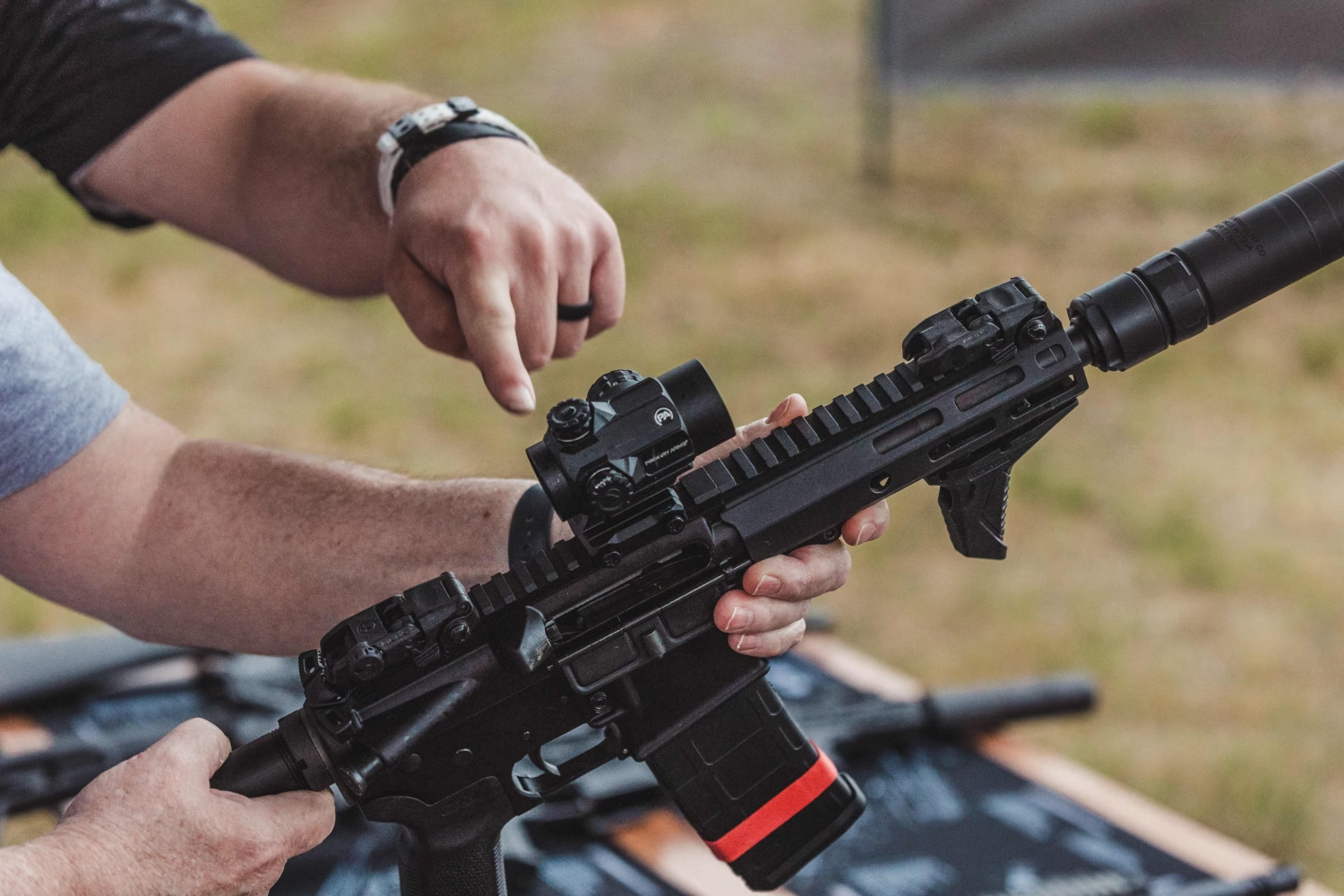
How To Fix It
Once the issues have been identified, the remedies follow predictable paths. Each problem has corresponding adjustments or upgrades that can restore balance to the rifle.
Adjustable Gas Blocks
Perhaps the most effective solution to suppressor-induced over-gassing is the adjustable gas block. By restricting the amount of gas allowed into the system, the shooter can effectively tune the rifle for suppressed fire. The process usually involves opening the gas system fully, then gradually dialing it down until the rifle cycles reliably while ejecting brass in the ideal 3 to 4:30 range.
However, not all gas blocks are created equal. While the best adjustable gas blocks offer a wide range of adjustment, some may have as little as two positions—one for suppressed use, and one for unsuppressed. In such a case, neither position may be fully suitable for your rifle and suppressor combination, leading to the need to add a second tool to tune your rifle.
Additionally, not all rifles have adjustable gas blocks. If your rifle is not equipped with one and you’re disinclined to remove the existing gas block and install one, you’ll need to use an alternative option.
Buffer Weights and Springs
Adjusting the buffer weight is the next best solution, and one that is available to nearly every AR-15 in existence. Upgrading from a standard carbine buffer to an H2 or H3 adds mass to the carrier’s rearward movement, slowing it down and softening the cycle. Heavier action springs can also help, though they must be carefully matched to the buffer to avoid inducing short-stroking.
Adding a heavier buffer or spring is a simple operation that can be performed with no tools and by even the most novice of armorers. It’s a simple matter of depressing the retainer, pulling out the old buffer and spring, and slipping in a new one.
Adjustable and Vented Bolt Carrier Groups
In recent years, adjustable and vented BCGs have become popular solutions. These carriers have ports that bleed excess gas before it drives the carrier rearward. Some designs allow the shooter to adjust how much gas is vented, fine-tuning performance for suppressed use. Others have a fixed amount of venting capability. When combined with an appropriate buffer system, vented carriers can dramatically improve reliability while reducing blowback into the shooter’s face.
Gas-Busting Charging Handles
Gas blowback can be mitigated by specialized AR-15 charging handles designed with raised seals or venting channels. These redirect gases away from the shooter’s face, making suppressed fire more comfortable. While they do not solve the root cause of over-gassing, they are an excellent quality-of-life improvement. This makes them an ideal solution to rifles that are functioning reliably, but still ejecting an undesirable amount of gas into the user’s face.
Extractor and Spring Upgrades
For rifles suffering from extraction-related issues, upgrading to heavy-duty extractors or using stronger extractor springs can help. These parts improve grip on the case rim and reduce the likelihood of extraction failures under higher pressure.
It’s worth noting, though, that this solution treats the symptom, not the disease. If over-gassing is causing damage to your suppressor, you’re better off tuning your rifle to a more appropriate level of pressure than just replacing the extractor every time it breaks. If your rifle is over-gassed to the point of damaging small parts like the extractor, you can bet that it’s accelerating wear on larger, more expensive parts, too.
Combination Solutions
In many cases, the most reliable suppressed setup involves a combination of solutions. An adjustable gas block paired with a H2 buffer and a gas-busting charging handle, for example, can create a rifle that runs smoothly, ejects cleanly, and minimizes blowback. The process requires some experimentation, but once tuned, a suppressed AR-15 can be every bit as reliable as an unsuppressed one.
Low Back Pressure Suppressors
A more modern solution comes in the form of low back pressure suppressors. These designs use specialized baffle geometry or other technology to minimize how much gas is redirected into the firearm. Instead of trapping gases entirely, they vent controlled amounts forward, reducing the stress on the rifle’s gas system.
The advantage of low back pressure suppressors is that they act as a universal fix. Rifles equipped with them often run smoothly without the need for extensive tuning. Blowback into the user’s face is minimized, cyclic speed is closer to unsuppressed levels, and overall wear on parts is reduced. While these suppressors can be larger, heavier, or more expensive, they represent a straightforward option for shooters who don’t want to mess with tuning.
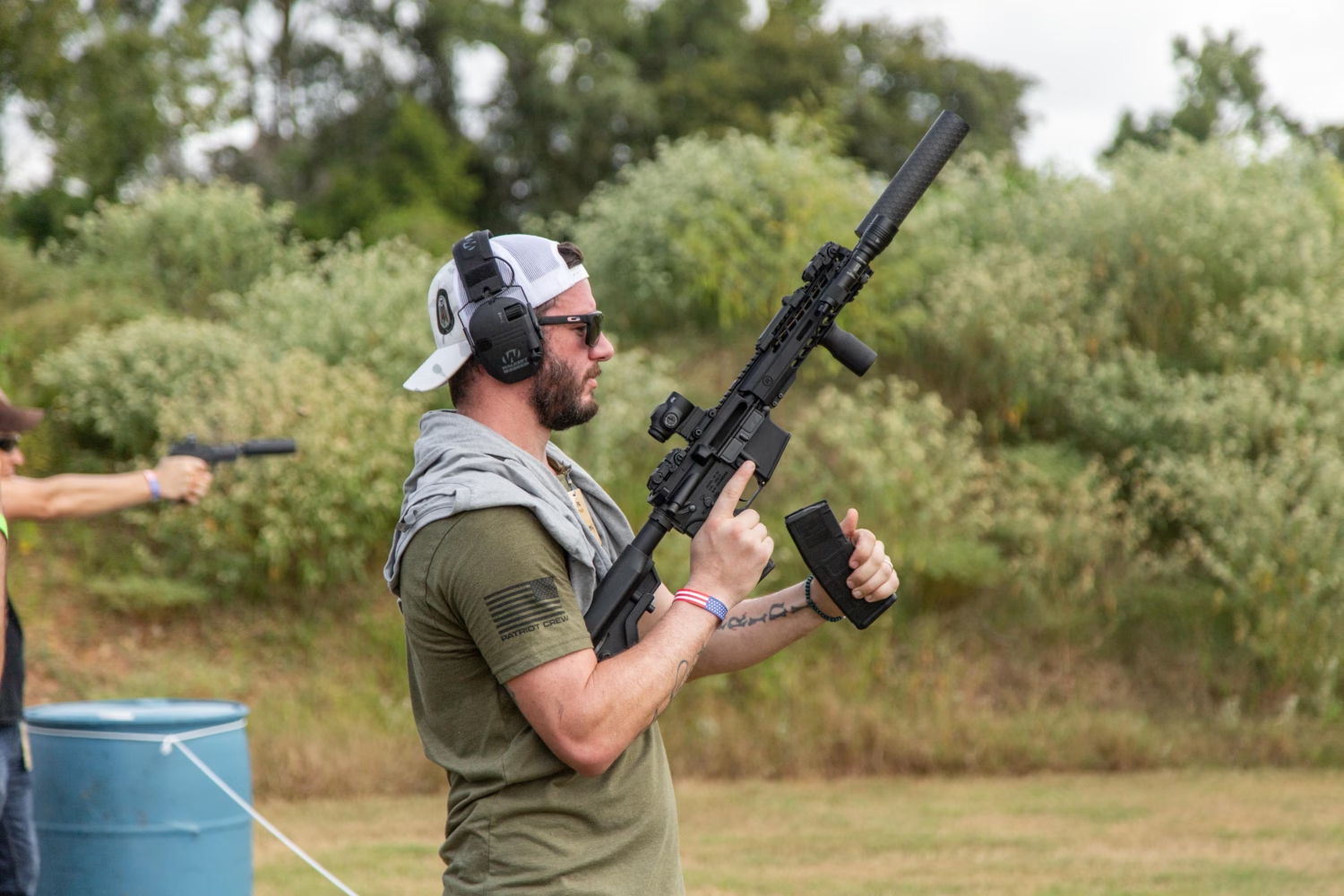
Other Suppressor Issues
Not all problems with suppressed AR-15s stem from gas dynamics. Some issues are mechanical or alignment-related.
Increased Fouling
Suppressors make rifles run dirtier. The solution is simple: clean the rifle more frequently. Where an unsuppressed AR-15 might go a thousand rounds or more before needing maintenance, a suppressed rifle may require cleaning after just a fraction of that. Neglecting this can result in sluggish cycling and malfunctions.
Baffle or End Cap Strikes
One of the most serious 5.56 suppressor problems is a baffle or end cap strike. This occurs when a bullet does not travel perfectly through the suppressor’s bore and makes contact with the internal components. Causes can include poorly cut muzzle threads, improper installation of a muzzle device, or suppressors that are not properly concentric to the bore.
The solution is prevention. Always check alignment before firing, ideally using a suppressor alignment rod. If a strike occurs, the suppressor should be immediately inspected by the manufacturer. Continuing to fire with a damaged suppressor can worsen the problem and create dangerous conditions.
Point of Impact Shift and Handling
Suppressors add weight to the muzzle, often causing a shift in point of impact. While not a malfunction, this requires the shooter to re-zero their optic when switching between suppressed and unsuppressed use. Some rifles will shift only an inch or two at 100 yards, while others may show more dramatic changes. Consistency is key—if the suppressor shifts impact the same way every time, it can be accounted for with adjustments.
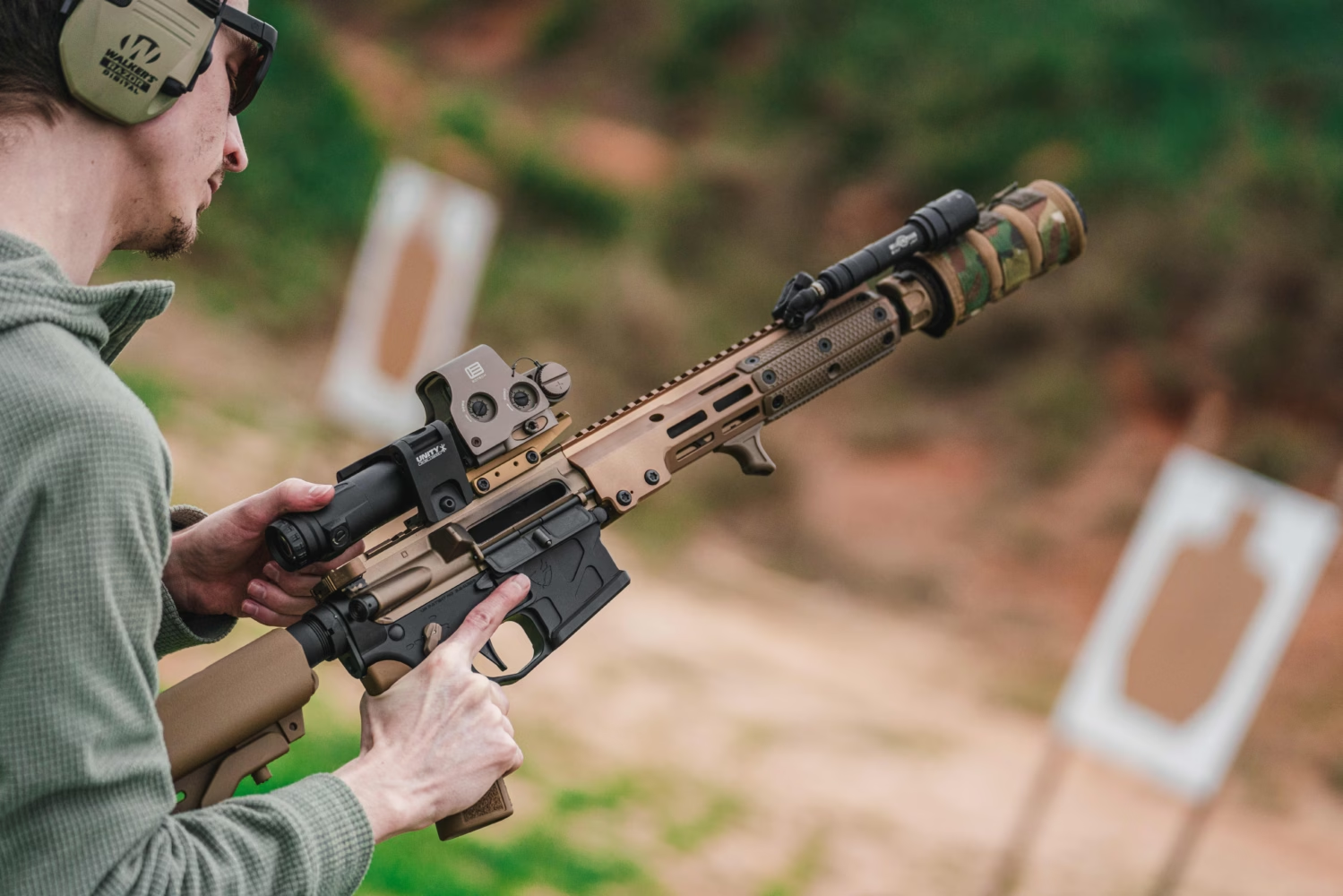
Conclusion
Suppressors bring undeniable benefits to the AR-15 platform, from reduced muzzle blast to improved shooter comfort. However, they also introduce new challenges. Increased backpressure can lead to over-gassing, harsher recoil, premature wear, extraction problems, and blowback. Without tuning, these issues can frustrate even the most experienced marksmen.
Fortunately, solutions are readily available. Adjustable gas blocks, heavier buffers, vented carriers, and gas-busting charging handles can restore balance to the system. For those who prefer simplicity, low back pressure suppressors offer a modern alternative that avoids many of the traditional pitfalls altogether.
No matter which route you choose, it is important to maintain the rifle diligently, check suppressor alignment, and understand the changes suppression brings to your firearm. The AR-15 is a versatile and resilient platform, and with the right adjustments, it can run flawlessly with a suppressor. The key is knowledge, observation, and a willingness to fine-tune. With those tools, the suppressed AR-15 can deliver all the benefits of quieter, smoother shooting without sacrificing reliability or performance.
For more reading, check out our article on how to choose the right suppressor for your rifle.
